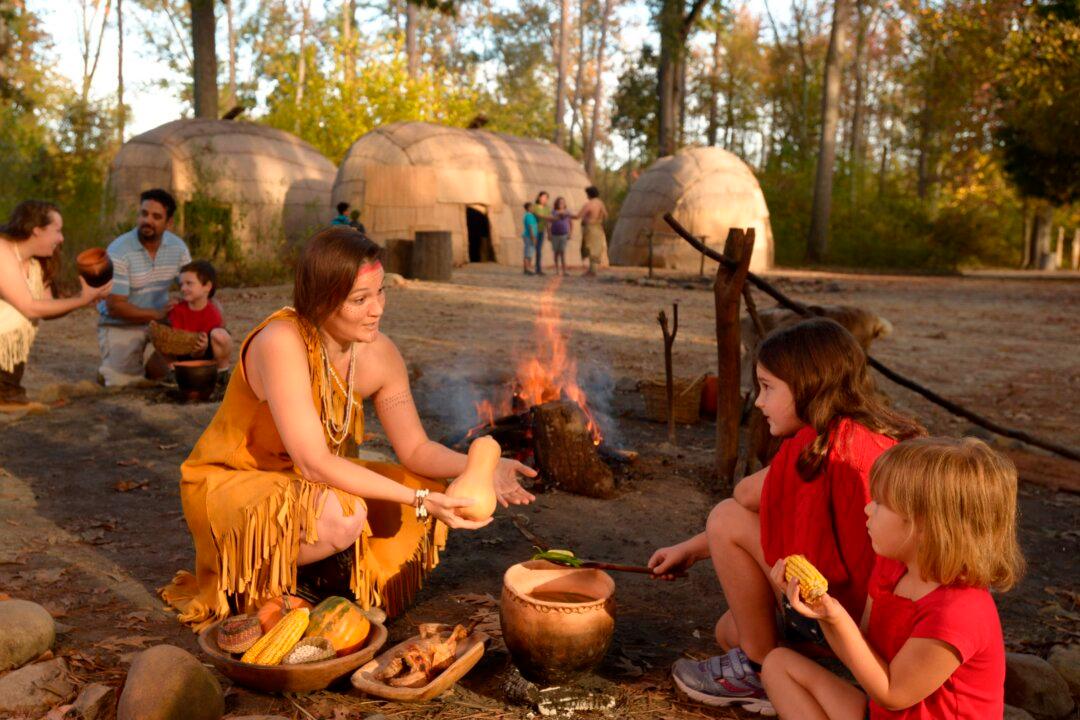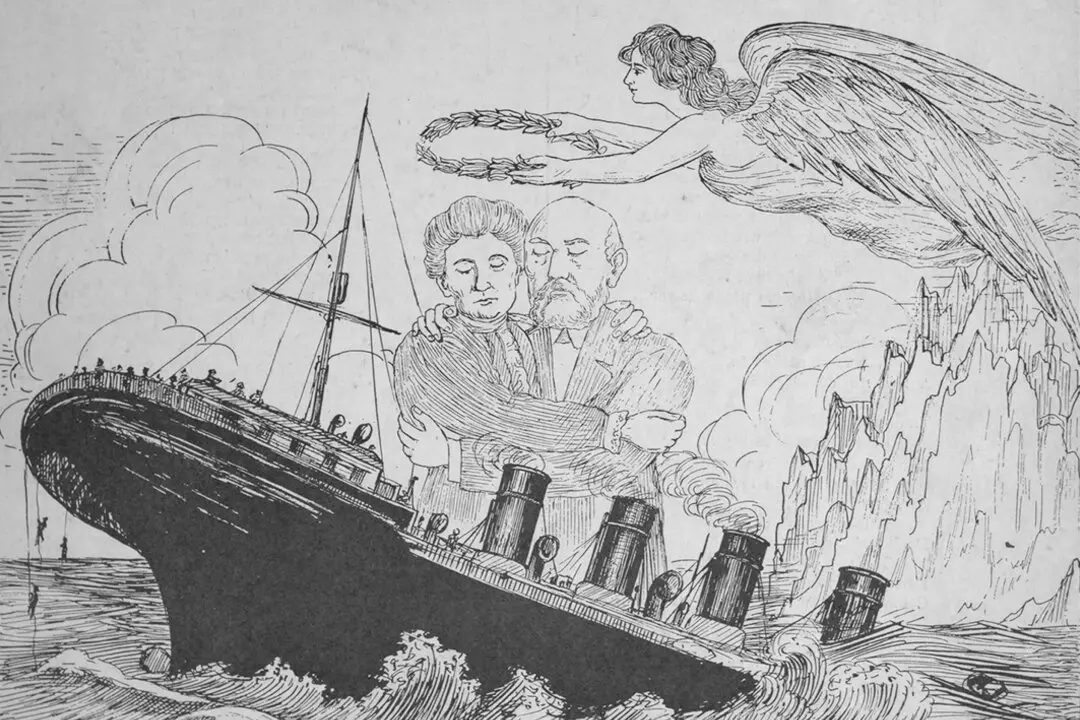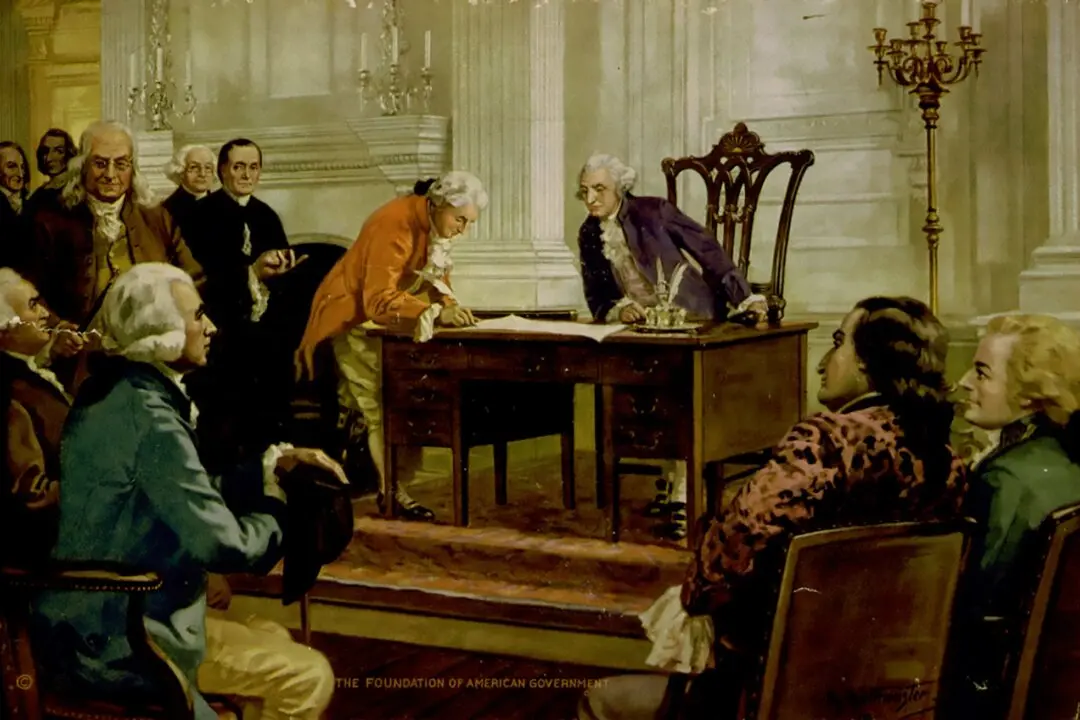JAMESTOWN, Virginia—“Jamestown,” says Dave Givens, director of archaeology at this historic site, “is the alpha of American history, and Yorktown is the omega.”
Givens, whom I interviewed on a recent visit to America’s first English colony, meant that Jamestown was the first permanent English settlement in the New World, and that nearby Yorktown, where American and French forces defeated the army of Lord Cornwallis, was the battle that established our republic.






